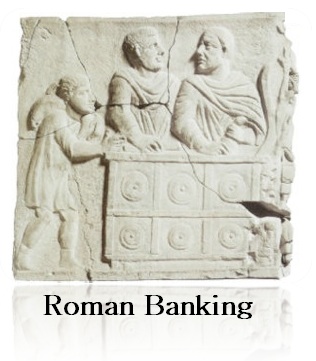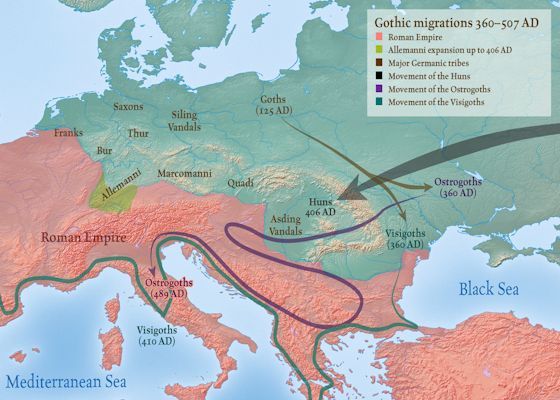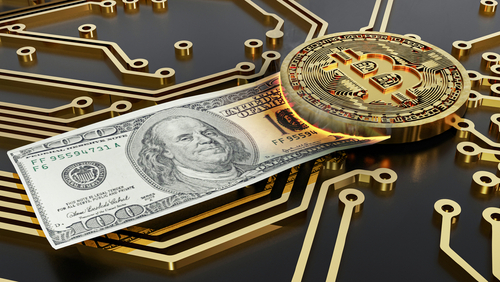A number of people have asked: What do you expect after 2015.75? Is it possible that the shift in capital after the turning point would be an early move back into gold? That you so much for explaining hyperinflation and deflation.
People do not appreciate how economic shocks are always followed by economic reforms. The rise in taxes and the global G20 effort to seize everything and imprison people who have offshore accounts was instigated by Hollande of France. At this stage during the government implosion is being caused by those in power who cannot see that they are the PROBLEM. Hollande is typical of someone who has mental disorder found in children known as Oppositional Defiant Disorder whereby they blame others for their own mistakes. This is our general crisis in which we find ourselves. Those in power will destroy the world economy convinced that if they could just get their hands on every piece of wealth, then their faulty ideas would succeed.
 During the history of Rome, we find tax rebellions and reforms. We went through this stage numerous times. The history of the US Tax Code reflects a cyclical pattern where we have struggled against Marxism. The S&L Crisis was caused by government. The Democrats came into power and wanted to raise taxes and altered the taxation on real estate. They created a one-way market where everyone wanted to sell and there were no buyers. Congress had directed the S&L to lend on real estate locally. But then they altered the tax code and destroyed the markets reducing the value of the collateral at the S&Ls and sent them into bankruptcy.
During the history of Rome, we find tax rebellions and reforms. We went through this stage numerous times. The history of the US Tax Code reflects a cyclical pattern where we have struggled against Marxism. The S&L Crisis was caused by government. The Democrats came into power and wanted to raise taxes and altered the taxation on real estate. They created a one-way market where everyone wanted to sell and there were no buyers. Congress had directed the S&L to lend on real estate locally. But then they altered the tax code and destroyed the markets reducing the value of the collateral at the S&Ls and sent them into bankruptcy.
With the collapse of Rome during the 3rd Century, we find the reform process immediately begin with the Emperor Aurelian (270-275AD) who pictured himself as the restorer of the world. Aurelian’s reign records the only uprising of mint workers, which was his attack on the bureaucratic corruption. The Felicissimus, who was the senior public financial official whose responsibilities included supervision of the mint at Rome. Felicissimus, revolted against Aurelian after the bureaucrats were accustomed to stealing the silver and producing inferior quality coinage of bronze. Felicissimus was to stand trial but the mintworkers revolted as the rebellion spread in the streets. Aurelian then appears to have summarily executed Felicissimus. The resulting battle was fought on the Caelian hill where contemporary sources recorded death toll among bureaucrats of 7,000. Many of the rebels were executed and there were also senators involved in the corruption who were also put to death. The mint of Rome was then closed temporarily.
Aurelian’s monetary reform included in the introduction of antoninianii containing 5% silver. They bore the mark XXI (or its Greek numerals form KA), which meant that twenty of such coins would contain the same silver quantity of an old silver denarius. Considering that this was an improvement over the previous situation gives an idea of the severity of the economic situation Aurelian faced. The Emperor struggled to introduce the new “good” coin by recalling all the old “bad” coins prior to their introduction.
We will follow this same pattern. The currency collapses and there will be an introduction of a new currency. In the case of Aurelian, he did not introduce new denominations, but he attempted to restore some base quality and standardize the money supply. His reforms from 271 were followed by the reintroduction of silver coinage in new denominations under Diocletion (284-305AD) 13 years following Aurelian.














